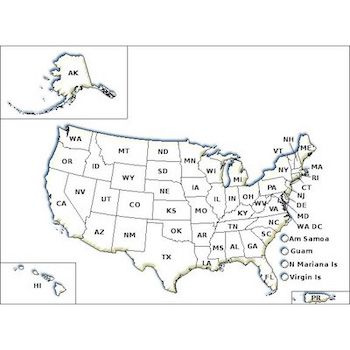There are many types of molds. Indoor mold has the potential to be a health risk and mold toxins can be irritating to some people. If someone is sensitive to mold, it can also cause allergic reactions or asthma attacks.
Mold produces tiny invisible spores as it reproduces and grows. These are found almost everywhere. This means it is impossible to get rid of all mold or mold spores. However, spores do not grow unless they find some moisture. If you have a mold problem in your home, you must also have a moisture problem. Finding and eliminating the moisture source is the key to controlling mold.
Control tips:
Ventilate areas with excess humidity, dampness, or standing water. These areas may include the shower or bath, where you cook, the dishwasher, or where you wash and dry laundry.
- Fix leaky pipes, roofs, and gaps in doors and windows. Seal other cracks and openings to the outside, especially if you live in humid areas.
- Using paint or caulk over mold will not prevent mold growth in a humid environment. If you already have a mold problem, clean up the mold and dry the area before painting or caulking.
- In the event of a leak or flood, clean and dry damp or flooded materials as soon as possible to prevent mold growth. Dry the items and areas thoroughly within 24-48 hours, if you can.
- Use fans and dehumidifiers when possible, but only if it is safe to use electricity.
- Generally, hard, non-porous surfaces can be cleaned of mold growth. Absorbent materials like carpeting and drywall may have to be replaced if they become moldy.
- When cleaning mold, remember to protect yourself by wearing equipment such as gloves, goggles, and a mask. Keep doors and windows open when working and after you leave to air out rooms.
- If you choose to use an antimicrobial product, make sure it is designed specifically for your situation. If in doubt, call NPIC (800-858-7378) for assistance before using the product.
- When using antimicrobials, always read and follow all label directions carefully. Make sure you are mixing and applying the product according to the label. Do not use more of the product than directed by the label.
Additional Resources
- A Brief Guide to Mold, Moisture and Your Home (PDF | Web-version) - US Environmental Protection Agency (EPA)
- Mold Cleanup in Your Home - US Environmental Protection Agency (EPA)
- Mold - Centers for Disease Control and Prevention (CDC)
- Preventing Mold - Centers for Disease Control and Prevention (CDC)
- Homeowner's and Renter's Guide to Mold Cleanup After Disasters - Centers for Disease Control and Prevention (CDC)
- Mold and Your Home: What You Need to Know - New York State Department of Health
- Use and Care of Home Humidifiers - US Environmental Protection Agency (EPA)
- Mold in Your Home: Causes, Prevention and Cleanup (video) - Northwest Clean Air Agency
- Use of Disinfectants and Sanitizers in Heating, Ventilation, Air Conditioning, and Refrigeration Systems - US Environmental Protection Agency (EPA)
If you have questions about this, or any pesticide-related topic, please call NPIC at 800-858-7378 (8:00am - 12:00pm PST), or email us at npic@oregonstate.edu.



